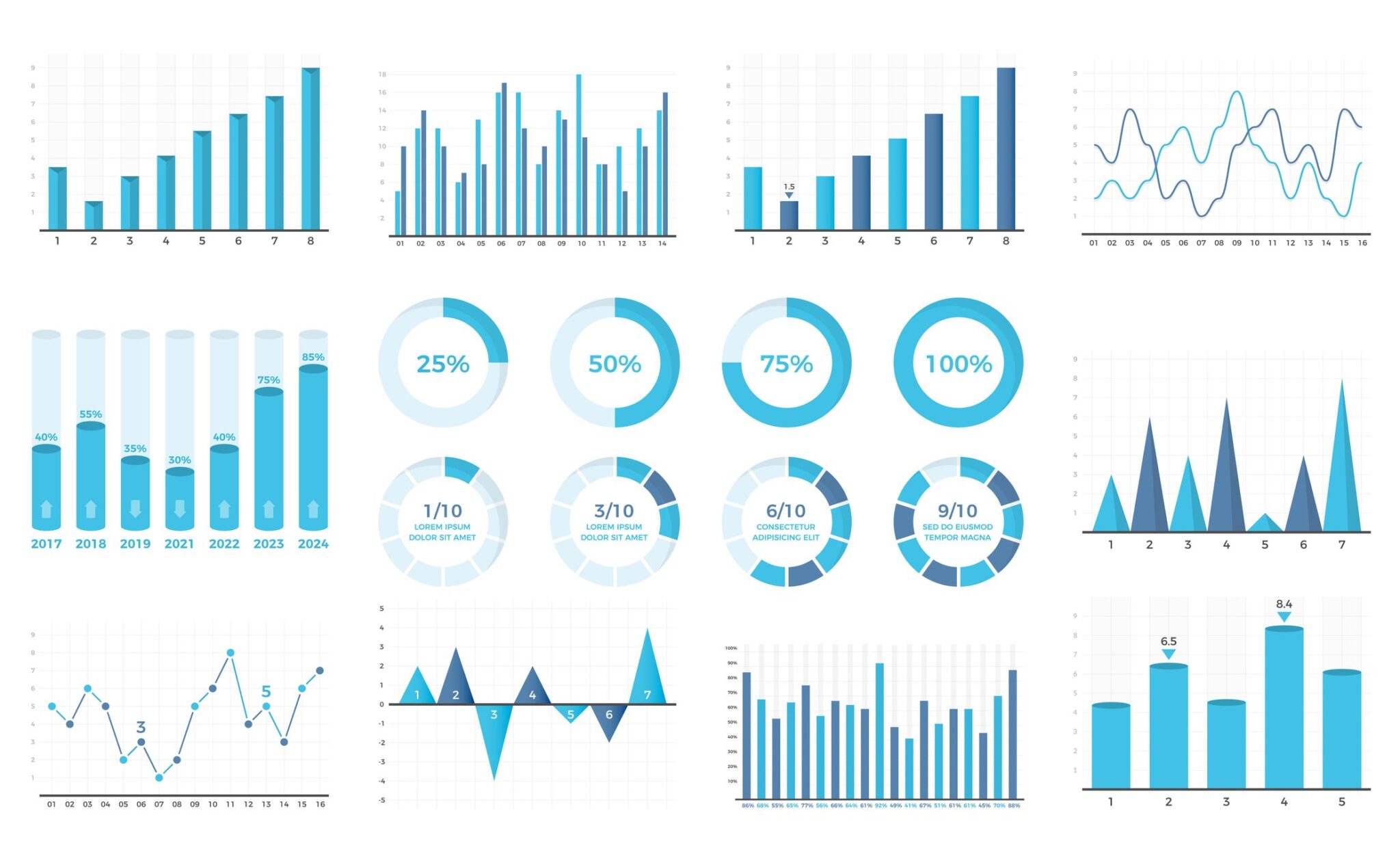
Three aspects of HosPortal’s culture and approach were illustrated in our latest release, Release 41, that has resulted in a significant new additional and powerful functionality to generate reports related to rosters, shifts, users and leave:
Rapidly respond to customer feedback,
Create as much flexibility and power as possible, to allow for as many different future needs customers might ask for, and
Build our features in a way that does not replicate what other great tools can already do.
A customer that was migrating to HosPortal from CLW Rota, a competitor software, was concerned that our reporting did not do all the things that they had trained themselves to look at as important parts of their rostering. They could contact their software provider who would send them quite detailed reports overnight on request. The customer even wanted our reports to look the same! We thought some of these reports were quite sensible and undertook to be able to do the same, but better: generate any report you like immediately at the press of a button, and make it flexible enough to configure the format you prefer.
There are just so many ways people might want to extract and present rostering, staff and leave data. Our prior approach over many years of generating standard reports was not really meeting everyone’s needs. So we re-thought the approach, in keeping with the way we think about all our new features: why should we only provide a limited number of options? We wanted our reporting to be able to answer even the craziest question any future customer might ask*, and make it easy and intuitive for users to generate their own reports. And then make it even easier by allowing them to store their preferred reports in a library for repeated use.
We make the best medical rostering software on the market, but do not aspire to become the best reporting tool: there are plenty of providers out there that focus on this. So our approach to reporting was to make sure the report output is simple and easy to use as-is, and also to make it simple and easy to use in your preferred analytics engine. You might want to use something as complex as Tableau, SPSS or Datawrapper. Or as simple as a spreadsheet…and in fact something like Microsoft’s Pivot Tables in Excel are phenomenally powerful and easy to use, and accessible to almost everyone.
You can now generate reports related to any type of shift activity, through two lenses:
each row has information about a shift, which might include how many people were on the shift and notes about the shift.
each row has information about a person or assignment, including their role and seniority on their shifts, and notes about the individual.
You can now also generate leave reports in a way that allows analysis about any type of leave and the people on leave including things like the status of the leave (approved, cancelled, awaiting approval, etc.)
All of these reports use standard data formats and simple column structures that make them easy to import into any analytics and charting tool.
If these things are of interest to you then please get in touch.
* caveat 1: we currently do not report shift history and all the changes made to a shift: we think this is something we can add in the future. In the meantime you can see the complete audit log of changes by who made the change and timestamp directly on HosPortal screens without using the reporting tool at all.
** caveat 2: the charts illustrating this blogpost are examples of the types of graphics you can generate with the exported data using your analytics tools, and are not generated by HosPortal.